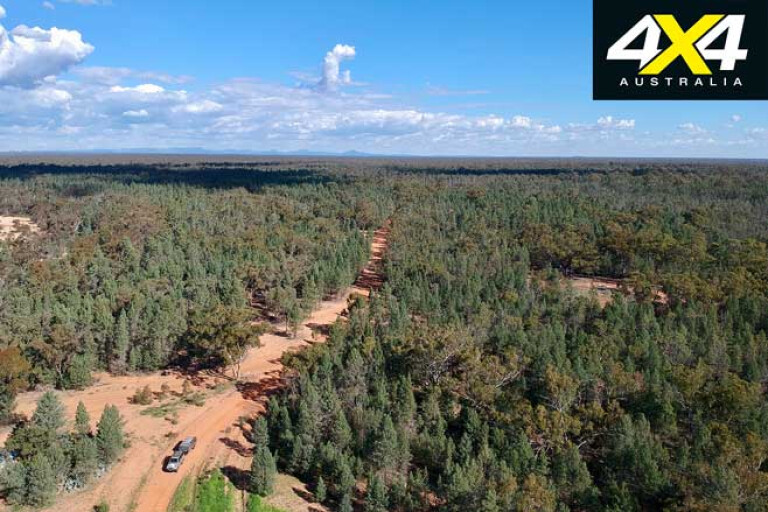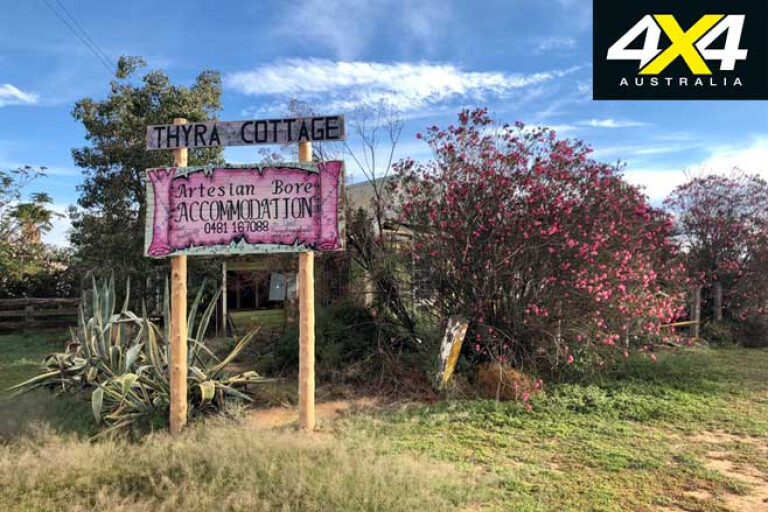
It's hard to find unique areas these days without travelling plenty of clicks from civilisation, but we recently found a rare pocket within mid-western NSW. The Pilliga is a flat 3000km² area of dense bushland that has significant meaning to the local Kamilaroi people, who have called this place home for nearly 30,000 years.
Located midway between Narrabri and Coonabarabran the Pilliga is a maze of signposted tracks that crisscross each other, and it’s said it would take a week of driving to complete all the roads within. The best bet to avoid this but still explore the area’s secrets is to head to the local discovery centre in Baradine and grab a map and some local information on where to start.

Our trip began by heading to the Sculptures in the Scrub picnic area and campground, about 35km away. The roads mostly have a sandy and gravel base and are generally in good nick, but the dry creek crossings can be a little rough in spots. The sculptures, designed and made by local elders, are a welcome sight for anyone meandering along the hour-long Dandry Creek gorge walk.
We pushed on to the Salt Caves, an hour’s drive north, where the NPWS has set up a great picnic and camping area with tables, water tanks and barbecues. Salt was ‘mined’ from the caves back at the turn of the century, and people used to come from miles away to bag salt blocks from deep within the cave network.
It has been reported that the caves were once up to a mile deep, but, sadly, they’re now only about 20 feet deep. A 200-metre walk above the caves leads to a new steel fire tower that you can freely and legally climb. While all is safe, it’s not for the fainthearted, as the climb is nearly 100 metres high.

If you do reach the top, the view across Pilliga NP is nothing short of spectacular. NPWS has installed a viewing ring that marks landmarks and their distance from the tower: 100km to the south you can see the Warrumbungles, while Mount Kaputar NP is to the north.
At the base of the tower there’s a 2km walk to a tower dam and birdwatching area. With a high diversity of birds in the area, we were lucky to see emus, parrots and wrens. One of the best things about the Pilliga is that you can free camp within the forest at designated spots, including at Sculptures in the Scrub and Salt Caves.

It’s hard to tear yourself from this place, but with time ticking away we wanted to head some 40km farther north to the now-isolated town of Pilliga. All that remains of the town is the pub and small store, but its history and natural beauty will last forever.
The area of Pilliga was once the home of many Indian people, where local traders would travel to outstations and villages to sell their wares. The local cemetery commemorates these hardworking people with large ornate headstones and colourful decorations.

Located just a stone’s throw out of town are the Pilliga hot baths, where for a very small fee you can set up camp, make a fire, use the provided toilets and hot bore shower, and soak in the hot artesian bore water that comes from deep within the ground.


COMMENTS